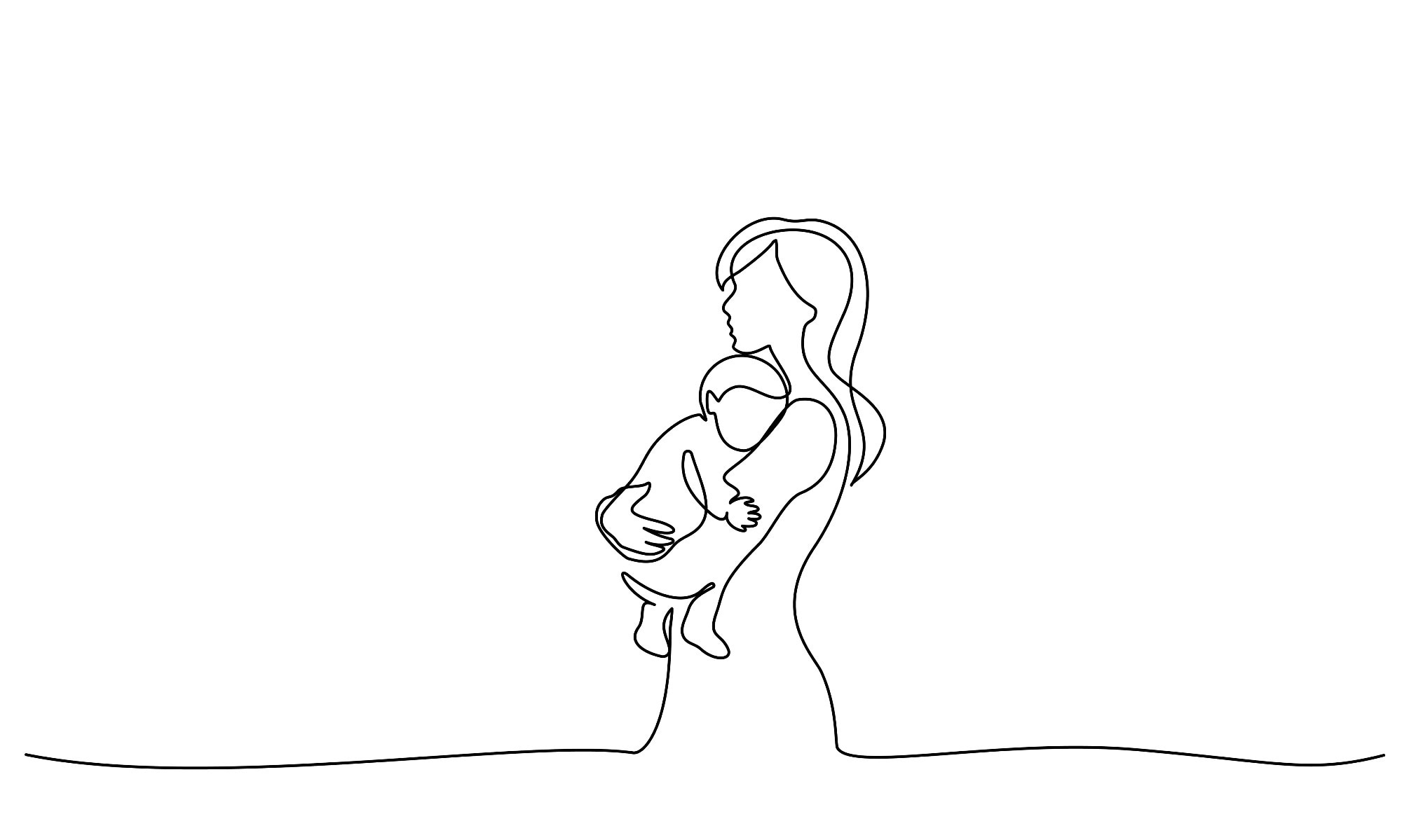In a recent study published in JAMA Network Open, a team of researchers investigated the potential use of attention to motherese speech as a diagnostic character for autism spectrum disorder, and evaluated its association with social abilities and language skills.
 Study: Level of Attention to Motherese Speech as an Early Marker of Autism Spectrum Disorder. Image Credit: Valenty/Shutterstock
Study: Level of Attention to Motherese Speech as an Early Marker of Autism Spectrum Disorder. Image Credit: Valenty/Shutterstock
Background
Motherese or parentese is a form of infant-directed speech that utilizes simple grammar, slow tempo, exaggerated intonations, high pitch, and a playful style and is generally used by caregivers to capture the attention of toddlers and infants.
Studies have shown that infants prefer this style of speech over the adult-directed style of speech, and motherese is ubiquitous across cultures and languages, which hints at a genetic basis. Research has found associations between motherese and learning in infants, with improved engagement, emotional reactivity, and language acquisition skills.
Children with autism spectrum disorder often exhibit unusual or absent responses to auditory cues, such as being called their names or a reduced understanding of the meanings of words. Furthermore, children in the autism spectrum often prefer computer-generated voices to motherese, a preference not observed in children who do not have an autism spectrum disorder but are experiencing delays in language and social development.
This suggests that attention to motherese could be a diagnostic tool to classify autism spectrum disorder.
About the study
In the present study, the researchers recruited toddlers through community referrals or population-based screening using a checklist for infant and toddler development that can detect autism spectrum disorder as early as one year. The evaluations were carried out every nine to 12 months till the third birthday. Licensed psychologists administered various assessments and motherese eye-tracking tests.
Additionally, the toddlers and their parents also participated in various tests such as the Autism Diagnostic Observation Schedule and many more. Based on the results, the toddlers were classified into five groups — autism spectrum disorder, autism spectrum disorder features, typical development, delays, and typical sibling of an autism spectrum disorder proband.
Three paradigms were used to test the interest of the toddler in motherese, each consisting of two movies placed next to each other. In the motherese versus traffic scenario, one side consisted of an actress communicating in motherese while the other showed vehicles moving on a highway, accompanied by traffic noises and car horns. In the motherese versus techno scenario, the vehicle noise movie was replaced with numbers and abstract shapes moving around on the screen and the sound of musical chords, while in the motherese versus flat paradigm, the two screens contained the same actress reading the same script, one in motherese and the other in a flat, monotone voice.
One-way analysis of covariance was used to assess the differences between groups using age and sex as covariates. Furthermore, the study also examined the association between motherese fixation levels, social and language abilities, and age and stratified toddlers into subgroups of high, medium, and low levels of fixation towards motherese.
Results
The results showed that there were significant differences in the attention to motherese speech between toddlers with and without autism spectrum disorder in the traffic and techno paradigms, but not in the flat affect paradigm. Toddlers without autism spectrum disorder showed almost uniform attention to motherese. In contrast, toddlers with autism spectrum disorder had a wide range (0% to 100%) of attention levels to motherese speech, with some having high levels of fixation and others showing low attention to motherese. The study also found that toddlers in the low motherese attention group showed a significantly increased number of eye movements or saccades when viewing the motherese speech in all three paradigms.
Of the 653 toddlers that participated in the eye-tracking experiments, 64.62% were in the autism spectrum disorder group, 15.93% had non-autism spectrum disorder delays, and 19.45% showed typical development. The results indicated that using a fixation level of 30% or less as a cutoff value for low attention to motherese speech for the traffic and techno paradigms had a specificity of 98% and 96% respectively, a 94% positive predictive value, and sensitivity lower than 18% and 29%.
Conclusions
Overall, the results suggested an association between low attention to motherese speech and low social and language abilities. The study showed that the motherese versus flat voice affect paradigm was not effective as a diagnostic classifier but a cutoff of 30% or less in attention levels was a good indicator of autism spectrum disorder in the motherese versus traffic and techno paradigms. The findings suggest that attention to motherese speech is a fundamental aspect of early development and could be useful for the early screening for autism spectrum disorder and informative in forming a diagnosis and prognosis.
Journal reference:
- Pierce, K., Wen, T. H., Zahiri, J., Andreason, C., Courchesne, E., Barnes, C. C., Lopez, L., Arias, S. J., Esquivel, A., & Cheng, A. (2023). Level of Attention to Motherese Speech as an Early Marker of Autism Spectrum Disorder. JAMA Network Open. doi: https://doi.org/10.1001/jamanetworkopen.2022.55125 https://jamanetwork.com/journals/jamanetworkopen/fullarticle/2801102